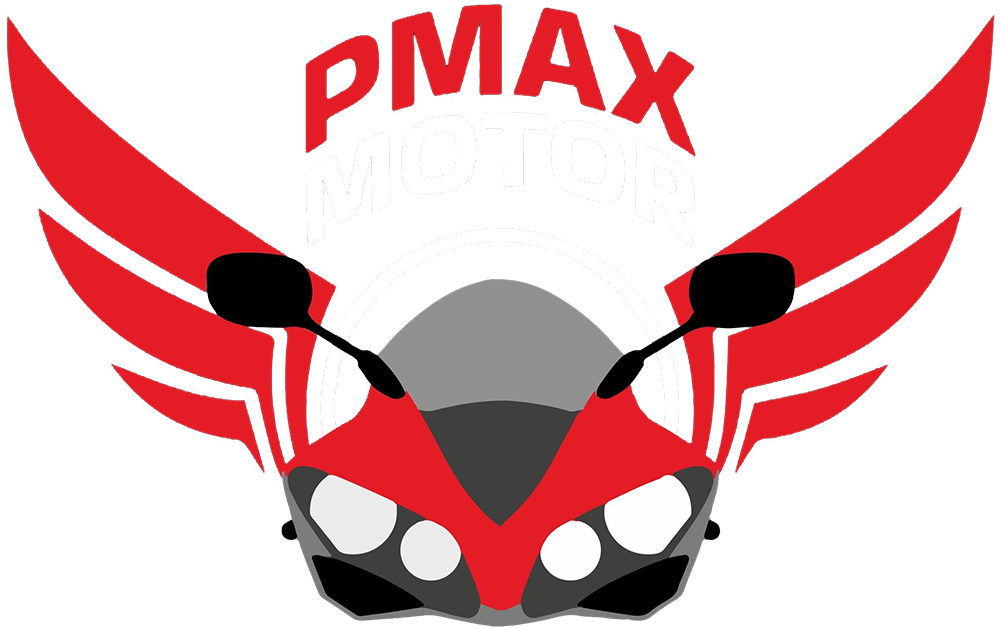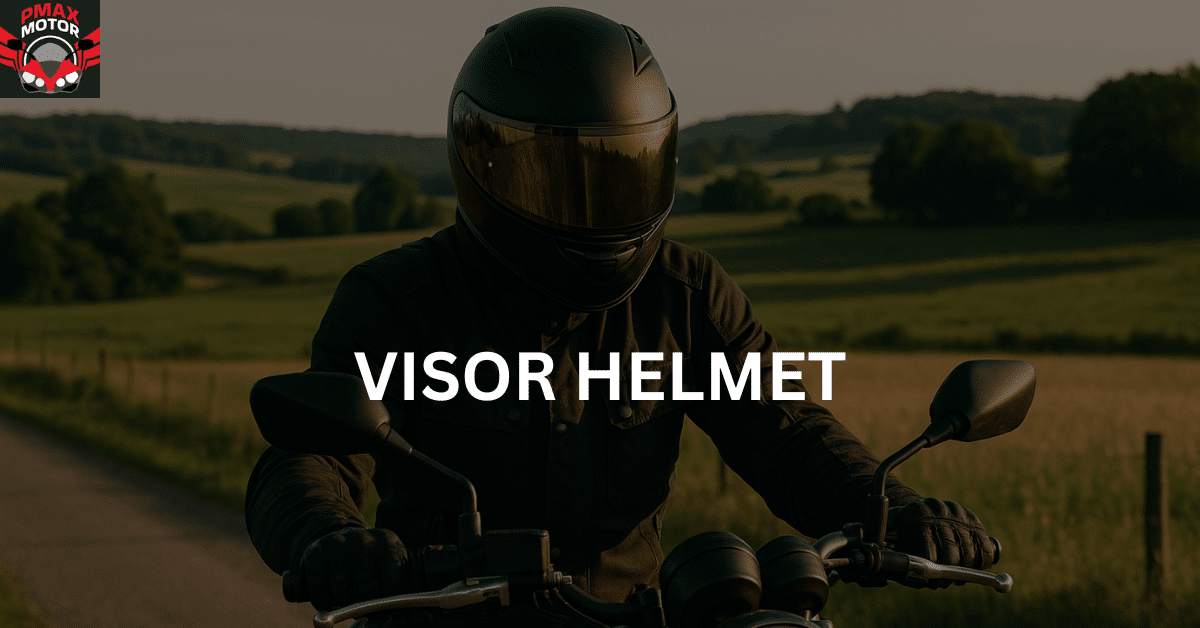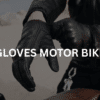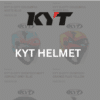No products in the cart.
Choosing the Right Visor Helmet: Fit, Features, and Standards
There’s no denying it, a motorcycle helmet just looks cool, completing the unmistakable image of a rider on the open road. And while the helmet’s shell provides the primary defence, the visor helmet is your window to the world, shaping your vision, comfort, and protection from the elements.
This guide explores everything you need to know about selecting the perfect visor helmet in Malaysia, focusing on important features, proper fit, and the safety standards that make a real difference.
Table of Contents
ToggleUnderstanding Helmet Visor Types
The helmet visor might seem like a simple piece of plastic, but it’s a sophisticated component offering varied functionalities. Choosing the right type for your riding conditions makes a significant difference.
Visor Type | Description | Notes |
Clear | Standard, maximum light transmission | Legal at night, always carry one |
Tinted (Smoked/Mirror) | Reduces glare like sunglasses; mirrors have a reflective finish | Often illegal in low light or night |
Photochromic | Auto-darkens in sunlight | Eliminates need to swap visors |
Internal Sun Visor | Flip-down tinted visor inside helmet | Convenient switching without stopping |
Pinlock-Ready | Accepts anti-fog insert | Best fog-fighting option |
Off-Road Peaks | Blocks sun and debris, found on motocross or dual-sport helmets | Often paired with clear visors |
The visor helmet is your window to the road. Its type and quality directly impact your ability to react, adapt, and ride safely in diverse lighting and weather conditions.
How Visors Contribute to Overall Helmet Safety
A visor helmet does more than just keep wind out of your eyes. Its design and construction play a part in your overall safety.
- Impact Protection: A strong motorbike helmet lens can shield your eyes and face from flying debris, insects, or even gravel kicked up by other vehicles. While the main shell takes the brunt of impacts, a quality visor offers a layer of defence.
- UV Protection: Many visors are treated to block harmful ultraviolet (UV) rays from the sun, protecting your eyes and skin. This is especially beneficial when riding in bright, sunny days.
- Aerodynamics: The shape and curve of the helmet visor contribute to the helmet’s overall aerodynamic performance. A well-designed visor helps to reduce wind noise and buffeting at higher speeds, making for a more comfortable ride.
- Sealing: A good visor creates a tight seal against the helmet shell when closed. This seal is important for keeping out wind, rain, and excessive noise from entering the helmet, maintaining comfort and helping you focus on the road.
How to Choose the Right Visor Helmet
Selecting your visor helmet is a blend of understanding safety standards, assessing features, and, critically, ensuring a perfect fit.
Helmet Type | Key Visor Features |
Full-Face | Comprehensive coverage, Pinlock-ready, often with internal sun visor |
Modular (Flip-Up) | Flip-up chin bar, visor system similar to full-face |
Dual-Sport | Combines peak visor (off-road) and clear visor (street) functionality |
Full Face Helmets: These offer the most comprehensive and integrated visor systems, often coming with Pinlock readiness and seamlessly integrated internal sun visors. They provide the best protection and weather sealing around the visor.
Modular (Flip-Up) Helmets: These combine the full-face visor system with the convenience of a flip-up chin bar. Their visor features are similar to full-face helmets, offering good versatility.
Dual-Sport Helmets: These blend elements of off-road helmets (like an extended peak) with full-face features (such as a clear helmet visor, often Pinlock-ready), providing a versatile option for different riding terrains.
1. Safety Standards
When choosing a visor helmet, always check for recognised safety certifications, which ensure the helmet has passed rigorous testing for impact protection, visor integrity, and retention systems.
Certification | Region / Description |
ECE 22.06 | Latest European standard; includes advanced rotational impact testing |
DOT FMVSS 218 | US standard; ensures minimum protection in frontal and lateral impacts |
Snell | Voluntary, independently rigorous standard; popular among professional riders |
SIRIM (MS 1:2011) | Malaysian standard; certification by SIRIM QAS International for compliance and safety |
SIRIM certification is mandatory in Malaysia and reflects compliance with local motorcycle helmet safety laws. Look for the SIRIM sticker or label on approved helmets sold in the country.
2. The Fit Test
Once you choose your desired motorcycle helmet, it’s time to test it to see if it’s fit. Follow the guidelines below to see if the visor is up and suitable.
- The helmet should feel snug all over, with no major pressure points.
- Your cheeks should be firmly compressed by the cheek pads.
- With the chin strap fastened, try to rotate the helmet from side to side. Your skin should move with the helmet, not slip independently.
- Wear it for 15-20 minutes. Any uncomfortable pressure points will become obvious. A proper fit is paramount for the helmet to perform its protective function effectively.
3. Weight and Balance
- Helmet Weight Matters: A lighter helmet reduces neck strain and rider fatigue, especially on long rides.
- Balance is Key: Even distribution of weight ensures the helmet feels stable and comfortable.
- Visor System Impact: Features like internal sun visors or thicker visors can affect the helmet’s overall weight and balance.
- Perceived vs. Actual Weight: A well-balanced helmet often feels lighter than its true weight due to even load distribution.
- Test the Feel: Always try the helmet on; subtle imbalances may become noticeable during extended use.
4. Care and Maintenance for Your Helmet Visor
Proper care of your helmet visor not only prolongs its life but, more importantly, maintains optical clarity for your rides. Imagine dirt and grime staining your visor while you’re speeding down the highway, that is a horrifying thought isn’t it?
How to Clean Your Visor
- Always use a clean, soft microfibre cloth.
- For light dust, simply wipe with a damp cloth. For tougher grime (like dried insects), soak the visor with a wet cloth for a few minutes to soften the debris before gently wiping it away.
- Use lukewarm water and a mild soap (like baby shampoo), or a specialised helmet/visor cleaner. Avoid harsh chemical cleaners, window cleaners with ammonia, or abrasive materials, as these can damage coatings and plastics.
- Always dry gently with a clean microfibre cloth.
What to Avoid When Cleaning Your Visor
- Never wipe a dry or dirty visor with a cloth or your glove, as this will trap debris and cause scratches.
- When storing your helmet, ensure the visor is closed or protected from rubbing against surfaces.
- Always place your helmet down carefully, ideally on its base or in a helmet bag.
Notable Visor & Helmet Brands
To make it easier for you, we have narrowed down the best visor helmet brands in the industry.
Brand | Known For | Visor Features |
Pinlock | Industry leader in anti-fog solutions | Dual-layer inserts, optical clarity, used by major helmet brands |
Shoei | Premium Japanese helmet brand | Photochromic visors, Pinlock-ready, excellent sealing and optics |
Arai | High-end racing and touring helmets | Optically correct visors, strong sealing, high safety standards |
HJC | Popular mid-range helmets | Quick-release systems, internal sun visors, Pinlock compatibility |
AGV | Italian brand favored in sport and racing | Wide field of vision, aerodynamic visors, optical Class 1 |
Bell | American heritage brand | Magnetic quick-release visors, ProTint™ adaptive tint visors |
LS2 | Value-for-money brand with strong feature sets | Twin visors, UV-resistant coatings, Pinlock-ready options |
ScorpionEXO | Innovative mid-range helmet brand | EverClear® anti-fog coating, drop-down sun visors |
Nolan | Italian modular and sport helmet brands | VPS (Vision Protection System), Pinlock-ready, high optical quality |
ICON | Urban and aggressive designs | Fog-free optics, wide vision, interchangeable visors |
“Most major helmet brands either develop their own visors or partner with trusted visor tech companies (like Pinlock or ProTint™). Always verify visor compatibility before purchase.”
Perfecting Your Visor Helmet Choice
At Pmax Motor, we believe that a visor helmet is more than just a protective accessory, whether you’re cutting through bright daylight with a tinted visor or riding through the mist with a Pinlock insert, the right helmet empowers you to ride with confidence in all conditions.
We proudly carry premium motorcycle helmet brands such as Arai, LS2 helmet, and Nolan, known for their cutting-edge visor technologies and uncompromising safety. Every helmet we offer meets local and global standards, including SIRIM, ECE 22.06, and DOT, so you can ride knowing your gear is built to protect.
Focus on the pure joy of the ride and let us handle the rest.
Frequently Asked Questions About Visor Helmets
What Are the Disadvantages of a Visor?
Visors can fog up in humid or cold conditions without anti-fog features, scratch easily if mishandled, and some types—like tinted or mirrored—aren’t legal or safe for night riding. High-end visors may also be costly to replace.
Which Type of Visor Is Best?
The best visor depends on your needs. Photochromic visors are great for changing light conditions, Pinlock-ready visors are excellent for anti-fogging, and internal sun visors offer convenience. A helmet that combines Pinlock compatibility with an internal sun visor offers top-tier versatility.
What Are the Benefits of Wearing a Visor?
A visor protects your eyes from wind, debris, and UV rays, while improving visibility and shielding you from rain or harsh sun. It also enhances aerodynamic performance and reduces rider fatigue at higher speeds.
Can I Replace Just the Visor Without Buying a New Helmet?
Yes. Most helmets have replaceable visors available as OEM or aftermarket parts, provided the model supports it.
Do Mirror Visors Provide UV Protection?
Most mirror visors do offer UV protection, but you should verify this feature with the manufacturer to ensure proper eye safety.
Are There Visors That Block Blue Light for Night Riding?
Some visors come with blue-light filtering coatings to reduce glare from headlights, but they must still meet night-riding legal standards.
Tags: Motorcycle helmet



